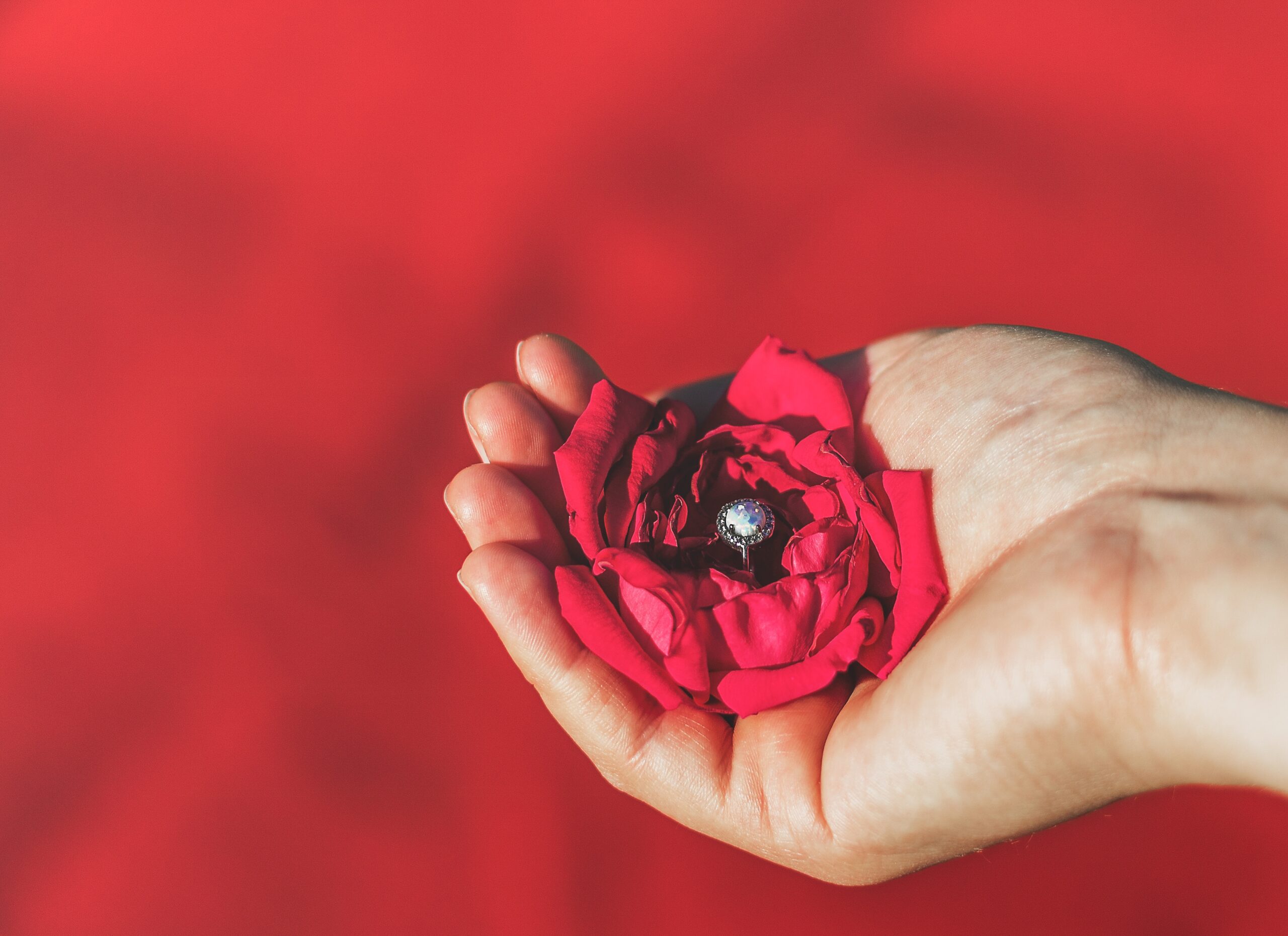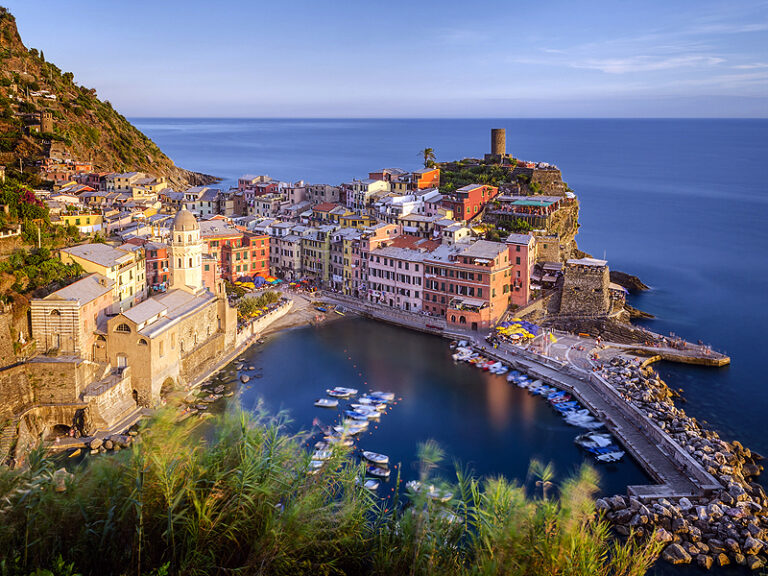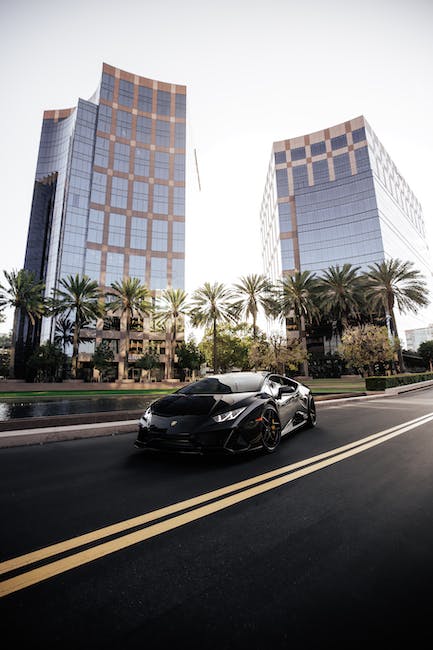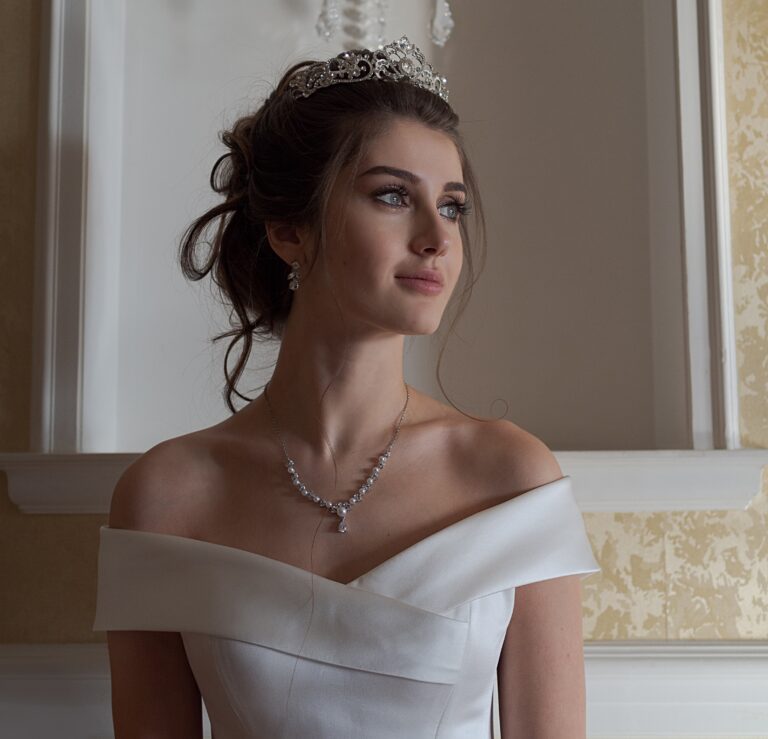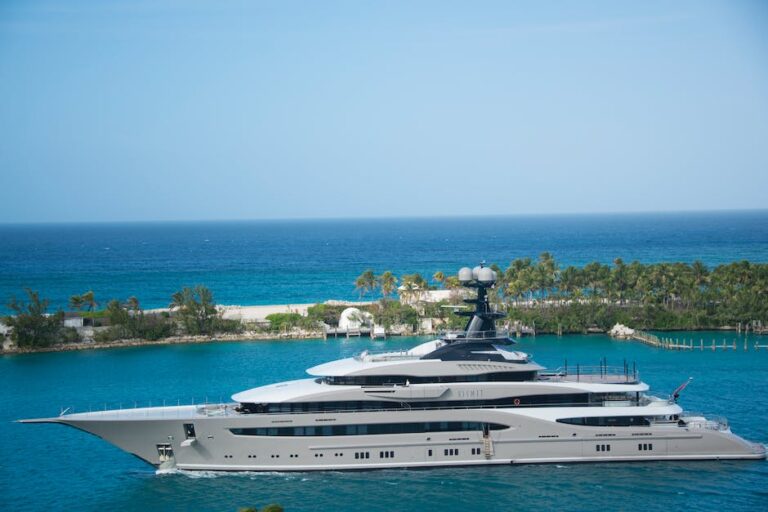What Makes a Jewelry Expensive
Behind the shimmering allure of lustrous gems and intricate metalwork lies a burning question: what makes certain jewelry pieces exorbitantly expensive? As we dive into the world of luxury jewelry, it becomes imperative to peel away the layers of perception and examine the key factors that drive the price tags sky-high. In this article, we will embark on an enlightening journey that unveils the intricacies behind the precious gems, fine craftsmanship, exclusivity, and desirability that ultimately dictate the value of jewelry. Let us unravel the enigma that shrouds jewelry pricing, offering a clearer perspective into what truly makes these pieces coveted symbols of opulence.
Table of Contents
- Craftsmanship: The Key Element in Determining the Worth of Jewelry
- Material Composition: How Different Metals and Gemstones Impact Value
- Design and Exclusivity: Influencing Factors in High-end Jewelry Prices
- Brand Reputation: How Luxury Brands Affect Jewelry Pricing
- Rarity: The Quest for Unique Gems and Limited-Edition Pieces
- Value Retention: Choosing Jewelry with Long-Term Investment Potential
- FAQs
- The Conclusion
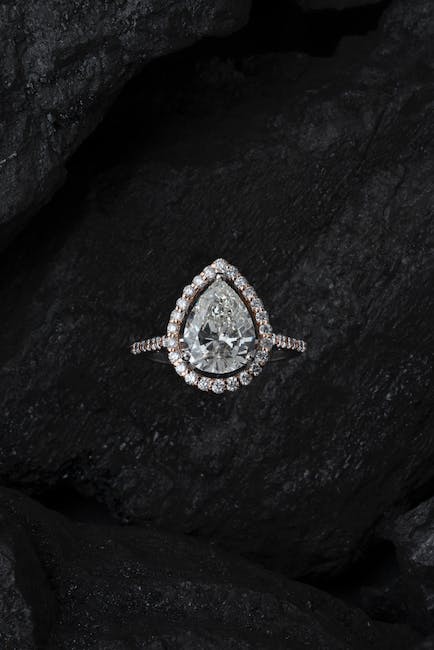
Craftsmanship: The Key Element in Determining the Worth of Jewelry
Craftsmanship plays a pivotal role when it comes to assessing the value of jewelry. The intricate level of detail and skill that goes into crafting each piece is what sets fine jewelry apart from the ordinary. It is the key element that determines the worth and quality of a piece, making it an invaluable aspect to consider.
One can immediately recognize impeccable craftsmanship by examining the exquisite details and precision in every aspect of the jewelry. The careful selection and placement of gemstones, the smoothness and durability of the metalwork, and the overall design aesthetics all speak volumes about the craftsmanship. Expert jewelry artisans devote hours, sometimes even days, to perfecting the intricate patterns and embellishments, ensuring that each piece is a work of art in its own right.
The value of the craftsmanship can also be witnessed in the longevity and functionality of the jewelry. With attention to detail and expert techniques, these meticulously crafted pieces are created to withstand the test of time. Whether it’s a delicate necklace, a dazzling ring, or a mesmerizing bracelet, the quality of the craftsmanship directly impacts the durability and overall lifespan of the jewelry. When purchasing jewelry, it is important to consider the craftsmanship, as it guarantees not only a stunning piece, but also an investment that will bring joy for years to come.
Material Composition: How Different Metals and Gemstones Impact Value
In the world of jewelry, material composition plays a significant role in determining the value of a piece. The choice of metals and gemstones used can greatly impact the overall worth. Let’s delve deeper into how different metals and gemstones contribute to the value of jewelry.
Metals:
1. Gold: Gold is a timeless and highly coveted metal in the jewelry industry. Its value is determined by its purity, indicated by karat weight. 24 karat gold is the purest form, while 10 karat gold contains a lower gold content mixed with other metals. The higher the karat weight, the higher the value.
2. Silver: Silver jewelry is loved for its lustrous sheen and affordability. Sterling silver, which consists of 92.5% pure silver and 7.5% other metals, is the most common silver alloy used in jewelry. The value of silver is influenced by its purity and weight.
3. Platinum: Known for its durability and rarity, platinum is a precious metal that commands a high price in the market. Its density and purity contribute to its value, making it a popular choice for engagement rings and high-end jewelry.
Gemstones:
1. Diamonds: Undoubtedly the most sought-after gemstone, diamonds are valued based on the 4Cs: carat weight, color, clarity, and cut. An increase in any of these factors, particularly carat weight and clarity, can significantly enhance the value of a diamond.
2. Emeralds: Prized for their rich green hues, emeralds are evaluated based on their color, clarity, cut, and carat weight. The intensity of the green and absence of blemishes greatly impact their value.
3. Sapphires: Known for their vibrant blue shades, sapphires are evaluated in a similar manner to diamonds and emeralds. The value of a sapphire is determined by its color, clarity, cut, and carat weight. The presence of asterism (star effect) or a rare color can greatly increase its worth.
By understanding the impact of different metals and gemstones, you can make informed decisions when it comes to purchasing or valuing jewelry. Remember, the material composition not only influences the monetary value but also adds to the overall aesthetic appeal and desirability of the piece.
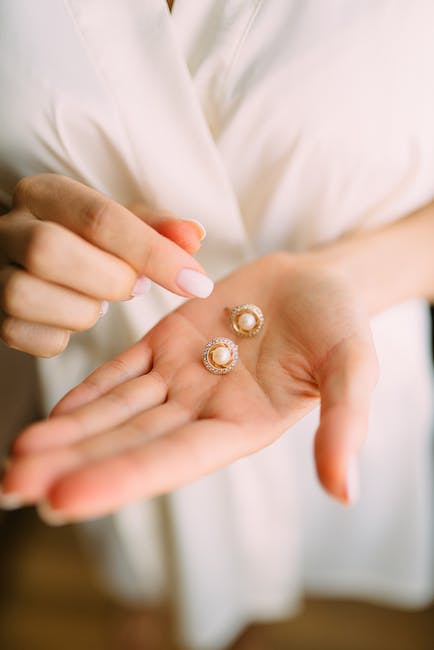
Design and Exclusivity: Influencing Factors in High-end Jewelry Prices
Design and exclusivity are two key factors that heavily influence the prices of high-end jewelry. When it comes to design, intricate craftsmanship and innovative concepts play a vital role in determining the value of a piece. High-end jewelers invest an immense amount of time and skill to create unique, visually stunning designs that set their products apart from mass-produced alternatives. The rarity and complexity of these designs, often incorporating rare gemstones and unconventional materials, contribute to the exclusivity and limited availability of such jewelry.
In addition to design, exclusivity also holds significant sway over high-end jewelry prices. Exclusive pieces are crafted in limited quantities, ensuring their scarcity in the market. This scarcity creates a sense of desirability among discerning buyers, driving up the demand and the corresponding price. High-end jewelers often focus on creating exclusive collections, collaborating with renowned designers or showcasing pieces in distinguished fashion events to establish their brand’s exclusivity. This exclusivity factor allows these jewelry pieces to maintain and appreciate their value over time, making them sought-after investment pieces for both collectors and fashion enthusiasts alike.
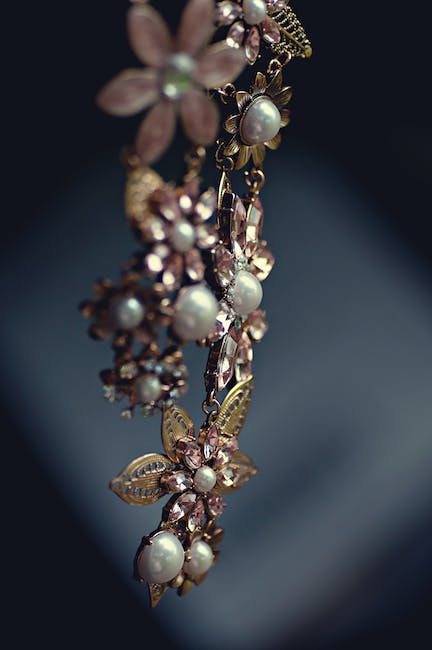
Brand Reputation: How Luxury Brands Affect Jewelry Pricing
When it comes to jewelry pricing, one factor that significantly influences the numbers is the reputation of luxury brands. It is no secret that luxury brands hold a certain prestige and exclusivity in the market, which can lead to higher price tags. Let’s delve into how luxury brands impact jewelry pricing and why it matters.
1. Perceived Value: Luxury brands have successfully built a reputation for craftsmanship, quality, and style over the years. This reputation enhances the perceived value of their jewelry pieces, making customers willing to pay a premium for the brand name alone. The exclusivity associated with luxury brands adds an element of desirability, making their jewelry even more coveted.
2. Brand Heritage: Luxury brands often have a long-standing heritage and history of excellence. This heritage becomes part of the price a customer pays when purchasing their jewelry. As customers buy into the brand’s story, they are willing to invest in the rich history and tradition that comes with it. This emotional connection between the brand and the customer plays a significant role in the pricing strategy.
3. Marketing and Advertising: Luxury brands invest heavily in marketing and advertising, which further contributes to the price of their jewelry. Elaborate campaigns, celebrity endorsements, and collaborations create an aura of glamour and prestige, elevating the brand’s image and justifying the higher price point. These marketing efforts help maintain and enhance the brand’s reputation, which inevitably impacts jewelry pricing.
In summary, luxury brands have a profound effect on jewelry pricing due to the perceived value, brand heritage, and marketing efforts. As customers buy into the brand’s prestige and exclusivity, they are more willing to pay higher prices for jewelry pieces. Understanding this relationship between luxury brands and pricing is essential for consumers who want to make informed decisions when it comes to purchasing jewelry.
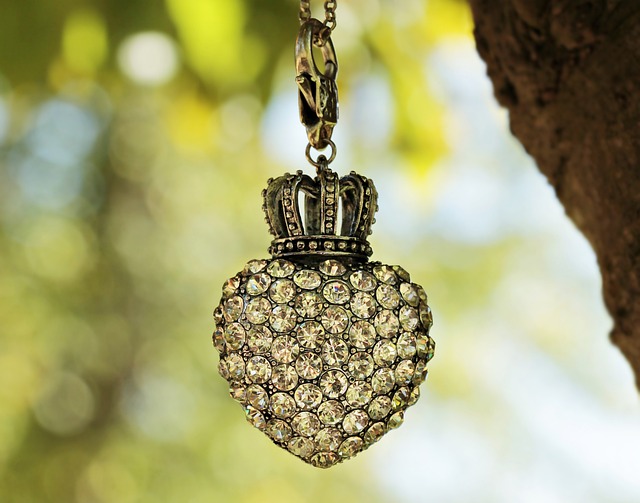
Rarity: The Quest for Unique Gems and Limited-Edition Pieces
At Rarity, we embark on a thrilling journey in search of the most extraordinary gems and limited-edition pieces the world has to offer. Our passion for uniqueness fuels an insatiable desire to explore and uncover hidden treasures that make hearts skip a beat.
Immerse yourself in a captivating world where every gem tells a story and every limited-edition piece possesses an air of exclusivity. From rare and vibrant colored gemstones that evoke emotions to exquisite one-of-a-kind designs that embody true artistry, we curate a collection that celebrates individuality and indulges the senses. With a meticulous eye for detail and uncompromising quality, we bring together unmatched craftsmanship and rare gemstones to create truly exceptional pieces with a touch of magic.
In our quest for perfection, we embrace the thrill of the chase, seeking gems that defy conventions and pieces that leave a lasting impression. Whether you’re a seasoned collector or a curious soul, Rarity invites you to embark on a captivating journey filled with awe-inspiring discoveries and unparalleled beauty. Delve into our treasure trove of distinctive gems and limited-edition pieces, and let Rarity be your guide to a world where rarity and uniqueness reign supreme.
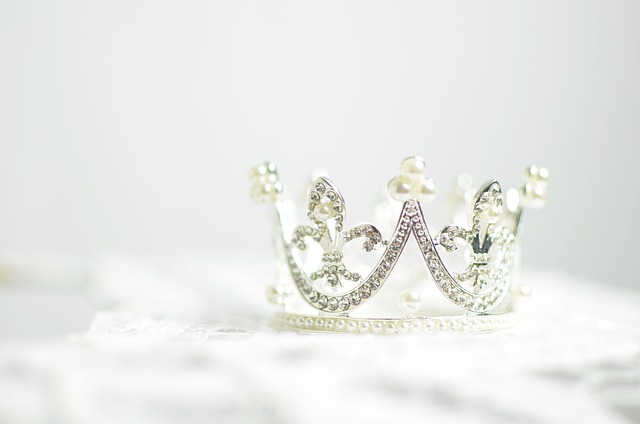
Value Retention: Choosing Jewelry with Long-Term Investment Potential
Investing in jewelry can be a wise decision, especially when considering its potential for long-term value retention. When choosing jewelry with investment potential, it is important to consider a few key factors to ensure you are making a smart and sustainable investment.
First and foremost, quality is paramount. Opt for jewelry crafted with high-quality materials, such as precious metals like gold or platinum, as well as authentic gemstones. These materials not only ensure durability but also hold intrinsic value that can appreciate over time. Look for hallmarks or certifications that guarantee the authenticity and quality of the piece. Additionally, consider the craftsmanship and attention to detail, as these aspects contribute to the overall allure and value of the jewelry.
Next, consider the timelessness of the jewelry piece. Classic and timeless designs have proven to be more likely to hold their value and appeal over the years. While trends come and go, investing in jewelry with timeless aesthetics means it can be worn and cherished for generations to come, ensuring its desirability in the market. Avoid overly trendy or flashy designs that may lose their appeal quickly.
Furthermore, rarity plays a significant role in the investment potential of jewelry. Rarity can be determined by several factors, such as limited production, scarcity of certain gemstones, or unique designs. Investing in jewelry that is one-of-a-kind or part of a limited collection can greatly increase its long-term value potential.
Lastly, condition should be taken into consideration when choosing jewelry for long-term investment. Opt for pieces that are well-maintained, free from significant damage, and have minimal signs of wear and tear. Regular cleaning and proper storage can help preserve the condition of your jewelry and ensure it retains its value over time.
By selecting jewelry that embodies quality, timelessness, rarity, and excellent condition, you increase your chances of choosing pieces with long-term investment potential. Keep these factors in mind when making your next jewelry investment and watch your collection sparkle in both style and value for years to come.
FAQs
Q: Why are some jewelry pieces more expensive than others?
A: Various factors influence the price of jewelry, including the quality of materials used, intricate craftsmanship, rarity of gemstones, and the brand’s reputation.
Q: Does the type of metal affect the cost of jewelry?
A: Absolutely! Precious metals like gold, platinum, and silver are expensive due to their scarcity, durability, and popularity in the jewelry industry.
Q: How do diamonds impact the price of jewelry?
A: Diamonds are a girl’s best friend, but they can also be a pricey one. The size, cut, clarity, and color of a diamond greatly influence its cost. Larger, well-cut, flawless diamonds with minimal color tints are more valuable.
Q: Is the brand name important for jewelry pricing?
A: Yes, the brand name plays a significant role. Established jewelry brands often symbolize superior craftsmanship, innovative designs, and brand equity, which can command higher prices.
Q: Can labor and craftsmanship affect the cost of jewelry?
A: Absolutely! Skilled artisans spend countless hours meticulously crafting and setting precious stones, which adds significant value to the final product.
Q: What role does rarity play in the pricing of jewelry?
A: Rarity is essential. Pieces with rare gemstones or limited edition designs can be highly sought after, driving up their price due to their scarcity.
Q: Does design complexity impact the cost of jewelry?
A: Yes, complex and intricate designs require more time, skill, and expertise, resulting in higher labor costs and thus making the jewelry more expensive.
Q: Are gemstones other than diamonds expensive?
A: Yes, gemstones like emeralds, rubies, and sapphires can be highly valuable. Their prices depend on factors such as color intensity, clarity, carat weight, and overall desirability.
Q: Can appraisals affect the price of jewelry?
A: Definitely! Accurate appraisals by certified professionals determine the value of jewelry. These assessments take into account factors like gemstone identification, quality, and overall worth, which can impact the item’s price.
Q: Do market trends influence jewelry prices?
A: Yes, like any other industry, jewelry prices can be influenced by market conditions, supply and demand, and the overall economic climate.
Q: Is there a standard pricing formula for jewelry?
A: No, there is no fixed formula. Jewelry prices are subjective, influenced by a combination of factors unique to each piece.
Q: Can buying directly from a manufacturer lead to cost savings?
A: Yes, purchasing directly from jewelry manufacturers can sometimes result in cost savings, as it eliminates additional markups from middlemen.
Q: Are warranties and certifications important for expensive jewelry?
A: Absolutely! Trusted certifications authenticate the quality of gemstones and metals, providing peace of mind to buyers. Warranties offer protection against damage and defects, making them crucial for expensive jewelry purchases.
Q: How can I be sure I am paying a fair price for expensive jewelry?
A: Do your research, compare prices from different retailers, consult expert appraisers, and ensure you are buying from reputable sellers to ensure you are paying a fair price for your jewelry.
Wrapping Up
In conclusion, understanding what makes jewelry expensive comes down to a few key factors. The rarity and quality of the materials used, such as precious gemstones and rare metals, play a significant role. Additionally, intricate craftsmanship and unique designs contribute to the value of a piece. Brand reputation and market demand also influence the price tag. So, next time you’re shopping for jewelry, keep in mind these factors to make an informed decision and appreciate the true value of your purchase. Happy shopping!

